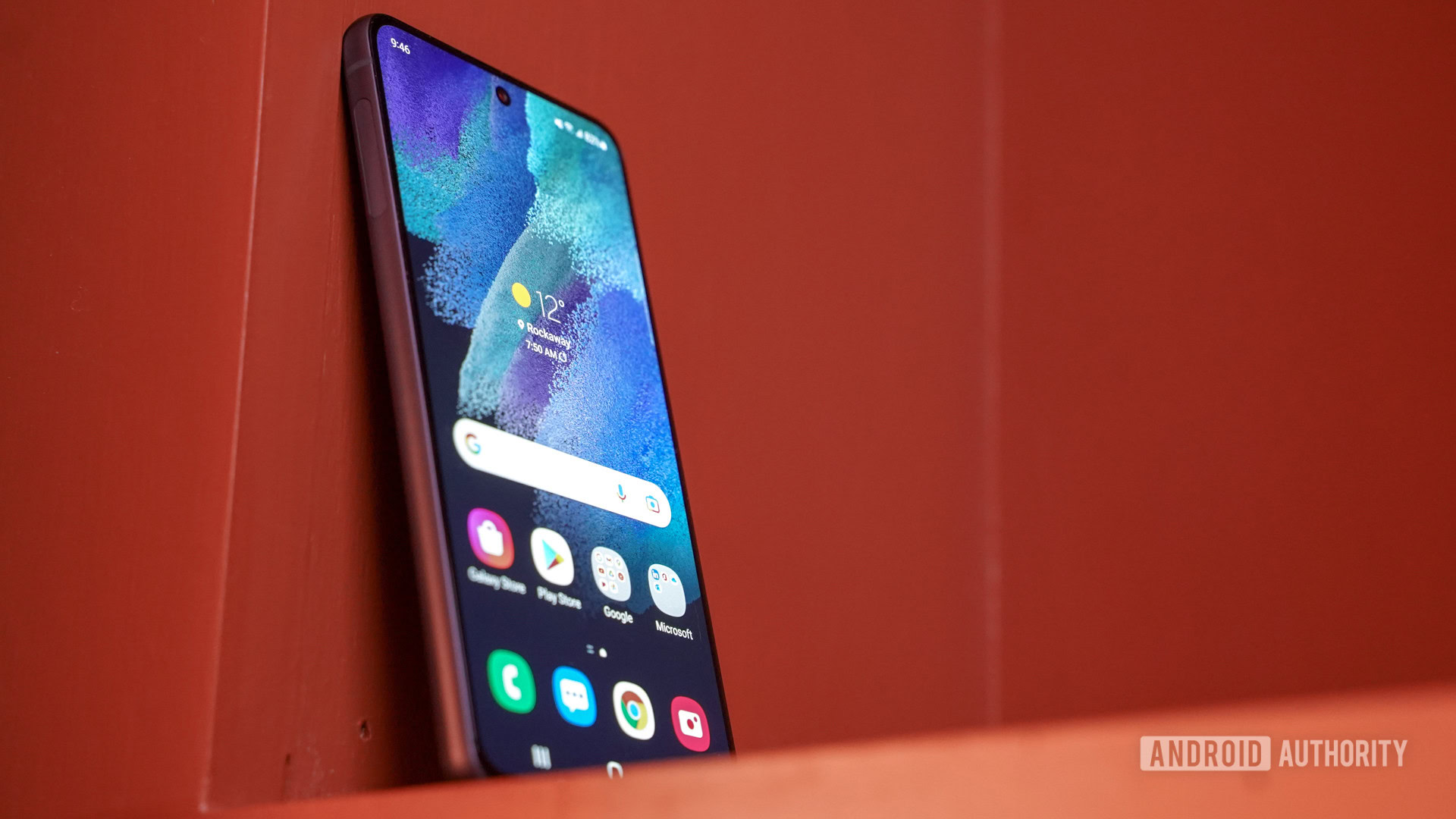Starlink satellite internet for boats will cost you $5,000 a month
Starlink has launched a beefed-up version of its satellite dish for boats, ships and yachts, just days after the FCC cleared it to provide internet service to vehicles. The satellite internet provider claims that Starlink Maritime can provide download speeds of up to 350 Mbps at sea, which isn't bad at all for boats that didn't have an internet connection to begin with. However, it's not cheap: the hardware alone will cost customers $10,000, which they must pay upfront.
The service itself costs $5,000 per month, but like Starlink for RVs, customers can pause it when not in use. They can choose the billing cycle to start their break, but they'll still have to pay for the full month each time they activate the service. By comparison, hardware in the Starlink residential setup costs just $599, while service costs $110 per month.
I
This content is not available due to your privacy preferences. Update your settings here, then reload the page to see it.
SpaceX chief Elon Musk explained on Twitter that Starlink Maritime antennas differ from their residential counterparts. They are "high performance dual terminals", he said, and they have the power to keep the connection going in rough seas and heavy storms. The terminals were also designed to be able to withstand “relentless salt spray [and] extreme winds [and] storms.” Musk said SpaceX was paying $150,000 a month for "a much worse connection" on its ships.
I
This content is not available due to your privacy preferences. Update your settings here, then reload the page to see it.
The Starlink Maritime page also mentions that the service allows you to connect from the most remote waters in the world, but it should be noted that its coverage area is still limited. At this time it will only work in the coastal waters of the United States (excluding Alaska), Europe (excluding most of Norway, Sweden and Finland), Australia, Brazil, Chile, most of southern Australia and New Zealand. Starlink is expected to roll out connectivity to more locations in the fourth quarter of 2022 and into next year.
SpaceX has long planned to connect moving vehicles to the Starlink network and even previewed a robust dish for boats and planes in 2021. It was only a few days ago, however, when the Federal Communications Commission cleared a new class of terminals for satellite Internet service "to meet the growing demands of users who now require connectivity on the go."
All products recommended by Engadget are selected by our editorial team, independent of our parent company. Some of our stories include affiliate links. If you purchase something through one of these links, we may earn an affiliate commission.
Starlink has launched a beefed-up version of its satellite dish for boats, ships and yachts, just days after the FCC cleared it to provide internet service to vehicles. The satellite internet provider claims that Starlink Maritime can provide download speeds of up to 350 Mbps at sea, which isn't bad at all for boats that didn't have an internet connection to begin with. However, it's not cheap: the hardware alone will cost customers $10,000, which they must pay upfront.
The service itself costs $5,000 per month, but like Starlink for RVs, customers can pause it when not in use. They can choose the billing cycle to start their break, but they'll still have to pay for the full month each time they activate the service. By comparison, hardware in the Starlink residential setup costs just $599, while service costs $110 per month.
I
This content is not available due to your privacy preferences. Update your settings here, then reload the page to see it.
SpaceX chief Elon Musk explained on Twitter that Starlink Maritime antennas differ from their residential counterparts. They are "high performance dual terminals", he said, and they have the power to keep the connection going in rough seas and heavy storms. The terminals were also designed to be able to withstand “relentless salt spray [and] extreme winds [and] storms.” Musk said SpaceX was paying $150,000 a month for "a much worse connection" on its ships.
I
This content is not available due to your privacy preferences. Update your settings here, then reload the page to see it.
The Starlink Maritime page also mentions that the service allows you to connect from the most remote waters in the world, but it should be noted that its coverage area is still limited. At this time it will only work in the coastal waters of the United States (excluding Alaska), Europe (excluding most of Norway, Sweden and Finland), Australia, Brazil, Chile, most of southern Australia and New Zealand. Starlink is expected to roll out connectivity to more locations in the fourth quarter of 2022 and into next year.
SpaceX has long planned to connect moving vehicles to the Starlink network and even previewed a robust dish for boats and planes in 2021. It was only a few days ago, however, when the Federal Communications Commission cleared a new class of terminals for satellite Internet service "to meet the growing demands of users who now require connectivity on the go."
All products recommended by Engadget are selected by our editorial team, independent of our parent company. Some of our stories include affiliate links. If you purchase something through one of these links, we may earn an affiliate commission.
What's Your Reaction?















![Three of ID's top PR executives quit ad firm Powerhouse [EXCLUSIVE]](https://variety.com/wp-content/uploads/2023/02/ID-PR-Logo.jpg?#)







